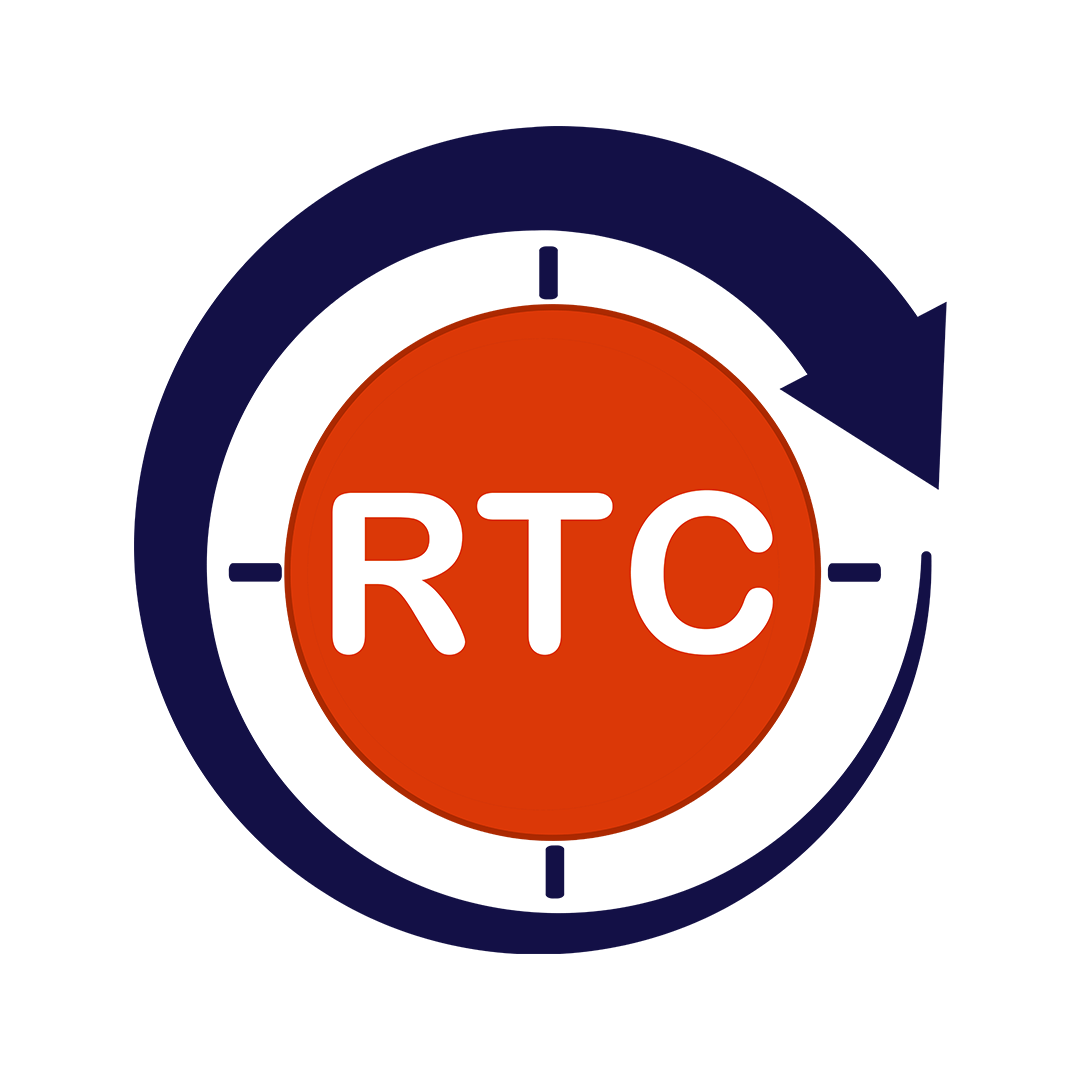Digital inclusion is not just a one-time effort but a continuous practice – one which needs to be incorporated from the very early stages of a product’s development. But often, organizations turn a blind eye towards it and accessibility is never put forth as a priority – even accessibility testing services. However, for organizations which miss to embed accessibility from the get-go, can still see a light at the end of the tunnel with seamless accessibility remediation and recommendations in place.
Towards Digital Accessibility
Digital accessibility has surely become the need of the hour – with organizations increasingly trying to adhere to the set accessibility norms and guidelines such as the ADA (Americans with Disabilities Act), Section 508 or Web Content Accessibility Guidelines (WCAG). But to truly walk on the path of digital accessibility, three facets become extremely imperative –
- Accessibility development – The most crucial aspect for ensuring an accessible product is to include digital inclusion from the get-go of an SDLC (Software Development Life Cycle). With end-to-end accessibility development, a product takes into consideration any and all possible pain points that can be faced by differently-abled users, from its very inception. Be it incorporating alt texts or captions, developers incorporate these nuances from the early stages to avoid any pitfalls at a later stage.
- Accessibility testing – The core to any accessible product lies within a coherent accessibility testing effort – to identify and fix any and all accessibility pain points. Accessibility testing however, needs to be a concerted effort which should essentially bring out the voice of the real users. Paired testing approach is one such option which helps create a cohesive test environment – involving one differently-abled engineer and an SME (Subject Matter Expert). This amalgamated approach helps produce realistic and comprehensive results with the help of real users. Thus, accessibility testing services offer end-to-end coverage by deploying the latest set of accessibility testing tools and assistive technologies such as screen readers.
- Accessibility remediation and recommendations – Although accessibility needs to be a part of the SDLC from the get-go, even post release, accessibility pain points can be mitigated against with accessibility remediation and certain recommendations in place. Remediation and recommendations help in improving the overall product for delivering a seamless experience to differently-abled users. With certain best practices in place, accessibility can truly become a reality.
The path to digital inclusion starts from the very understanding of the need to have accessibility in the first place. Organizations need to shift their mindset and bring a change in their culture as a whole. Digital accessibility will only truly be achievable when organizations understand the need for it and adopt end-to-end practices to realize this change.
Going a Step Beyond
Digital accessibility has and should not always be just limited to differently-abled users. It needs to go a step beyond to make “inclusivity” a true reality. For instance, digital accessibility should be furthered keeping the elderly in mind, as well. Any product should be modeled in a way that caters to the needs of every individual – with or without disabilities.
Going a step beyond in ensuring digital accessibility also points to the inclusion of AI and ML within the domain. AI has surely been ushered as a transformed technology, opening doors for the realm of accessibility in ways unimagined. AI has brought in an unparalleled experience for users in making their interaction with technology more efficient, intuitive and responsive. From image or speech recognition to NLP (Natural Language Processing), AI is helping users with disabilities interact with products seamlessly.
Conclusion
Accelerating digital transformation entails the incorporation of digital accessibility as well. It has become imperative for products to embed accessibility nuances from the get-go and continue its testing and remediation post-release, as well. Following the principle of P.O.U.R. (Perceivable, Operabile, Usable and Robust), organizations can surely make their products end-to-end accessible – by shifting left as well as right with accessibility development, testing and remediation and recommendations. Accessibility testing services, thus, become imperative to avail herein. Recommendations become key to improving a product’s usage by differently-abled users – by ensuring that the accessibility guidelines and norms are effectively met and feedback of the users seamlessly incorporated. Thus, digital accessibility has truly become the need of the hour and its need will keep on growing in the years to come.

